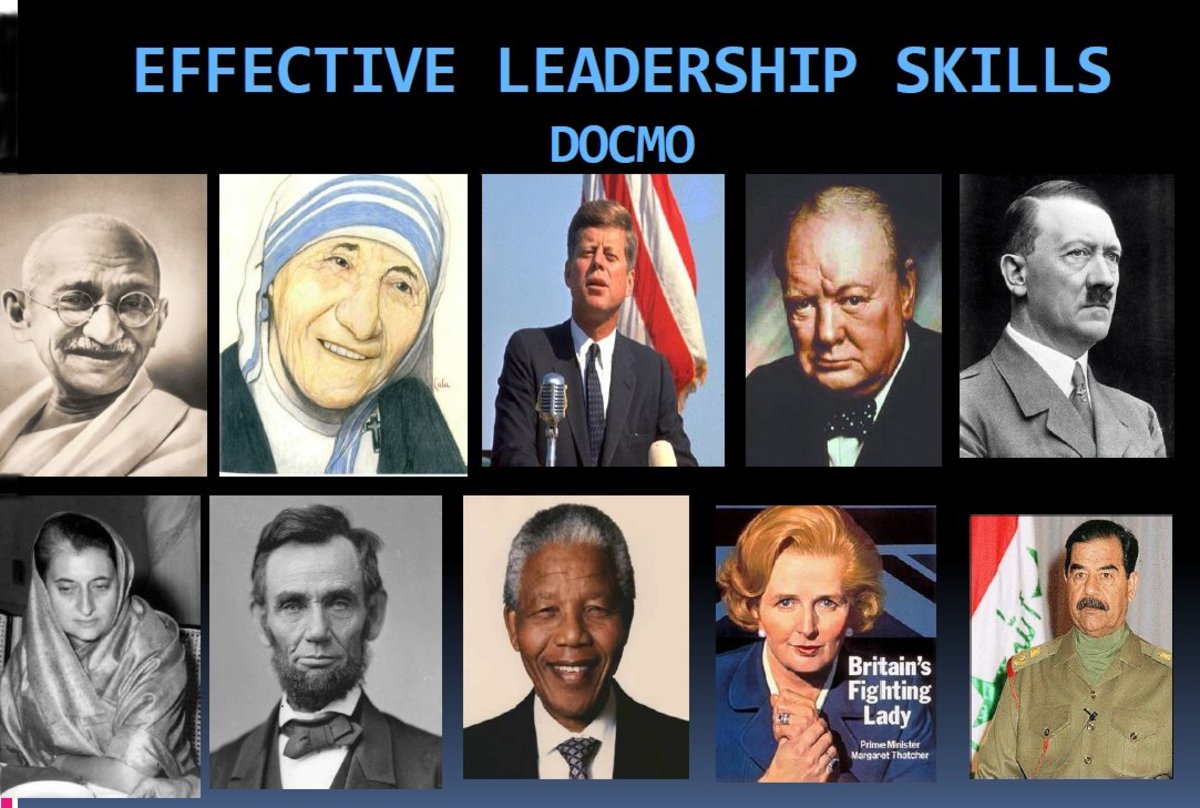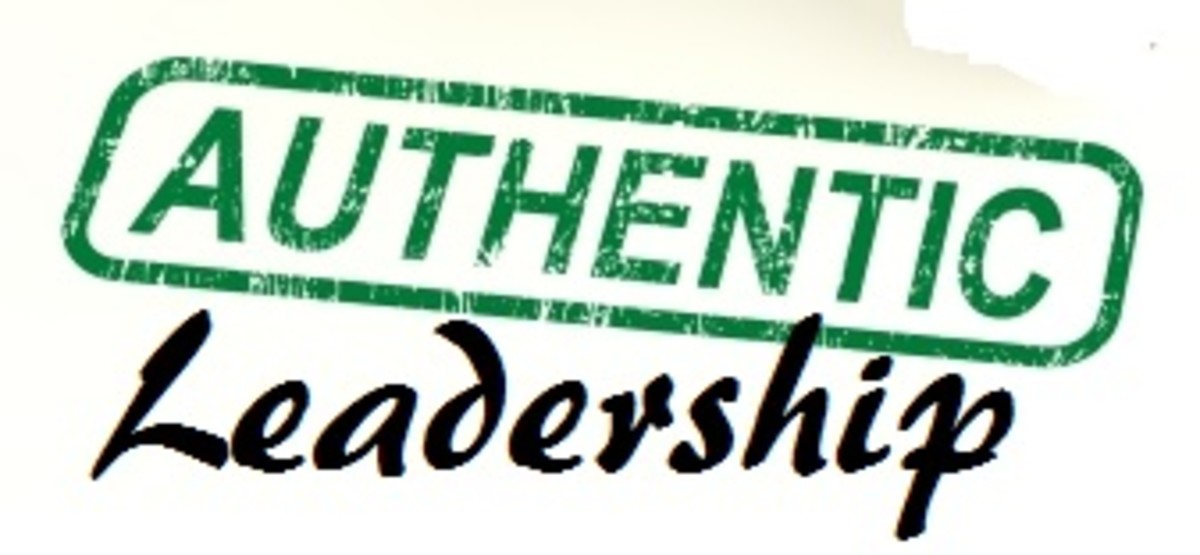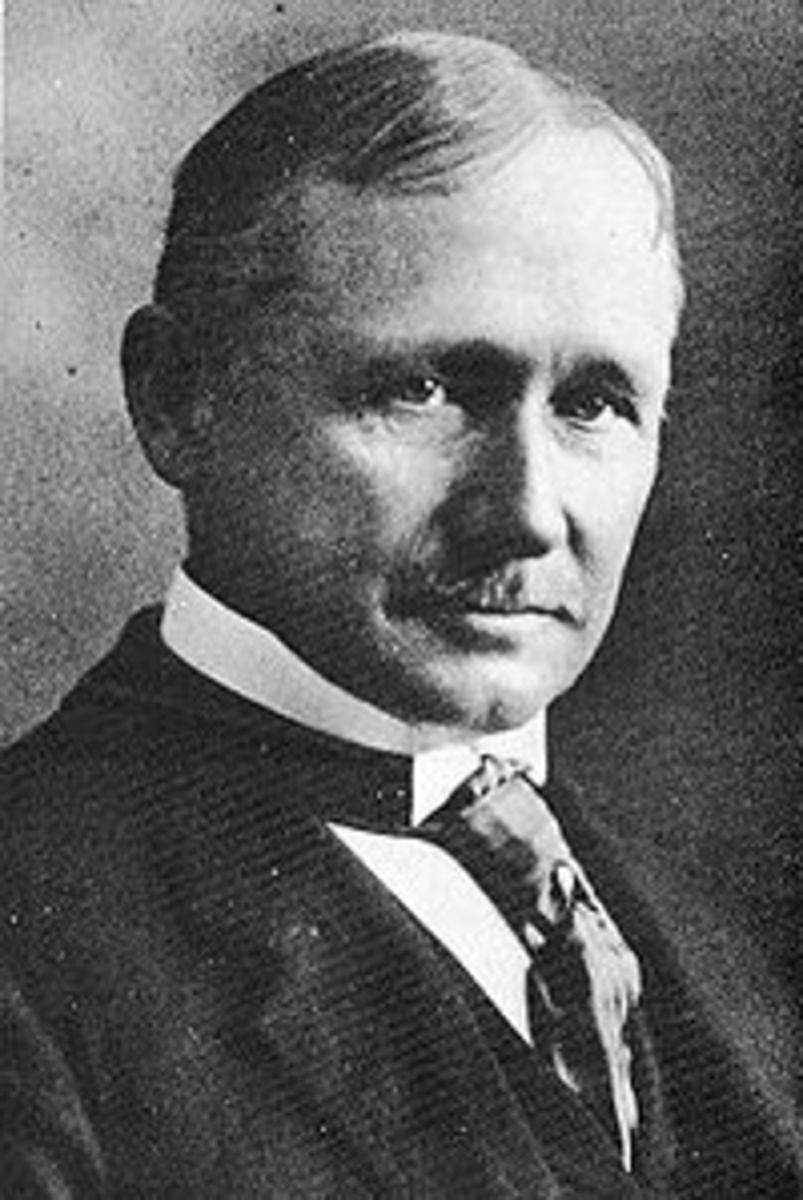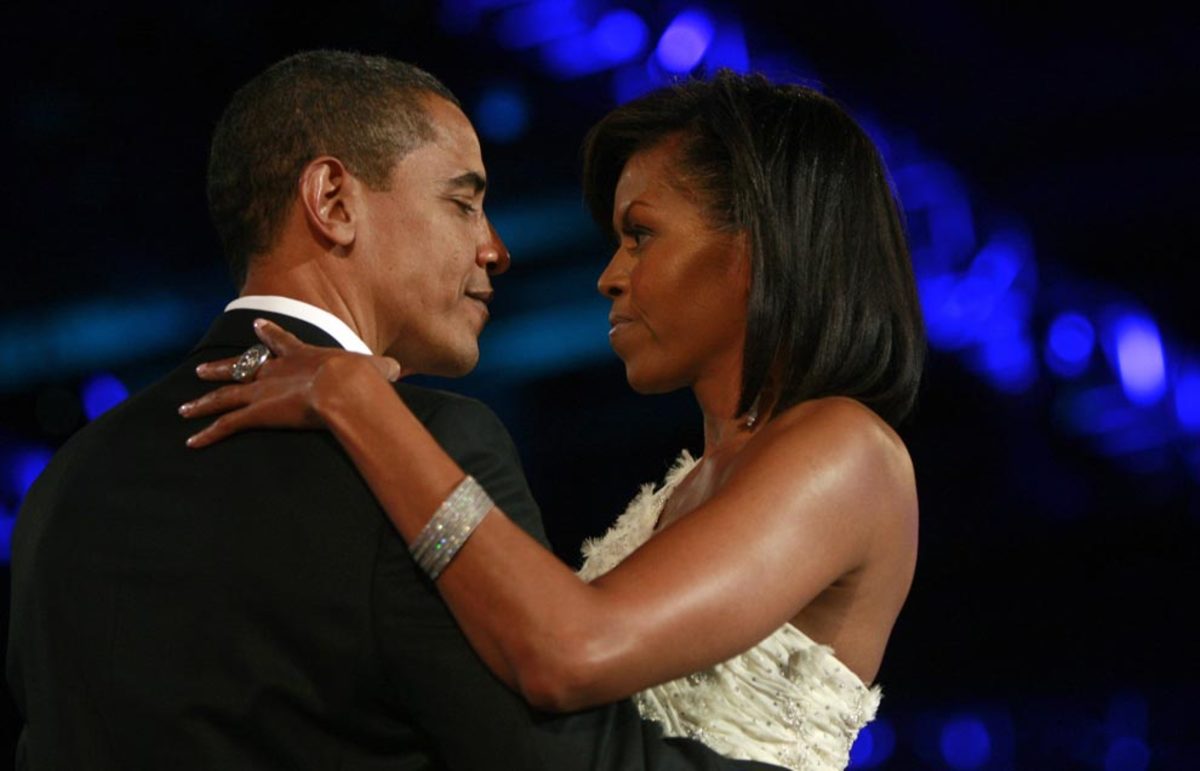Fire Service Leadership

Leadership Theories
While researching fire service leadership, I often ran into a brick wall simply because there is a plethora of research on leadership and various leadership theories; however, there is little to none on fire service leadership. All public service leadership manuals reflect on research done on leadership styles in general, but not on the type of leadership that relates to the fire service.
For example, how can a disgruntled employee lead a firefighter into a burning building? What about the leader who sits on the sofa all of the time riding his or her time simply because they can, but tend to ignore the two-month rookie who has to learn just as much as him or her? This scenario can create more issues within the fire service and is detrimental to its growth.
During my research, I decided to create other theories that are more related to the fire service as we see them every shift. Some of these theories demonstrate effective as well as ineffective leadership styles. One of my passions is leadership, and seeing bad leadership gets under my skin. In the fire department, some of the most known leadership theories are the three basic styles such as Autocratic, Democratic, and Laissez-faire which are all considered behavioral leadership. And then it is those that are considered Contemporary Leadership Styles which are charismatic, transformational, transactional, and symbolic. Also, note that this is not to be confused with Theory X, Y, and Z that are based on workers and not their supervisors.
Again those in supervisory positions on the fire department reflect on these leadership theories more often than not. However, how can we as leaders of this day and time teach these concepts to new and future officers in a way in which they can relate? And this is the sole purpose of new terminology, to connect with words we hear all of the time such as a ladder, engine, white shirt, and fire behavior. Although the relationship between behavioral and contemporary leadership compared to the new styles may seem different, they are similar in nature.
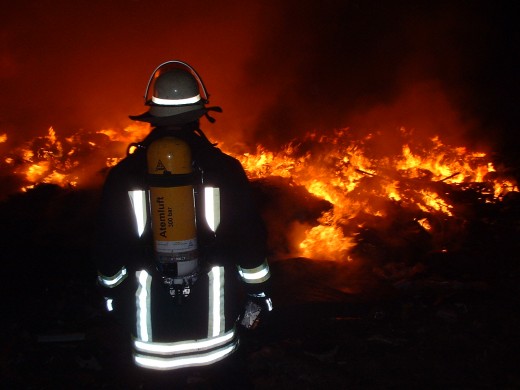
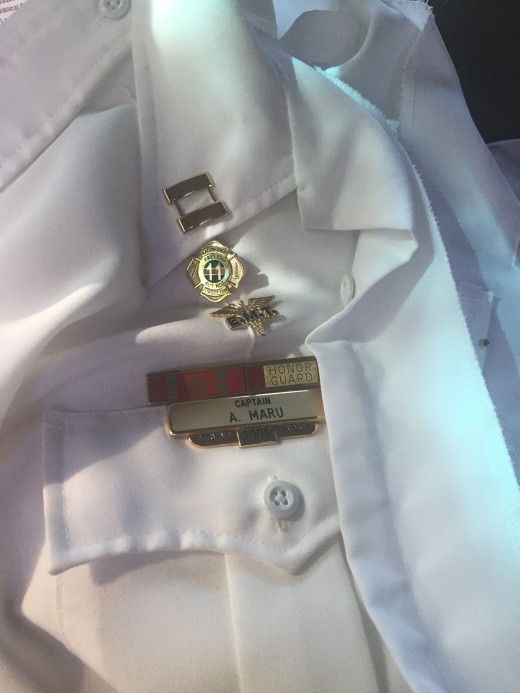
Ineffective Leadership Styles
- Couch Potato Leaders- ineffective leadership style done by personnel that feel like they have earned their right to sit around and do nothing because of their years of service. These leaders sit around on the couch doing less as possible thus influencing fewer firefighters as possible.
- White Shirt Syndrome Leaders- many officers feel like just because they are officers that subordinates have to listen and follow them. These type of leaders get personnel to do things because they can, and that is not effective leadership. This style is more like abusing one's power. After these individuals get promoted and earn a white uniform shirt, the power goes to their head. This type of leader has communication problems and do not seek to improve their leadership style because they feel like they know everything
My experience of ineffective leadership
I remember during my probationary period my officer never asked me how I was doing on probation test. Personally, I felt as though my boss didn't care about my progress. I can't recall my first officers sitting me down discussing their expectations. Although I have not experienced an officer that was a couch potato or who had the white shirt syndrome, I have seen those type of leaders in the fire service.
However, I have experienced leaders with mentalities that they have made it so why bother helping the young firefighters. One day I asked my training officer many years ago about joining the USAR team known in Georgia as Georgia Search and Rescue (GSAR), and his first response was "You'll never make it." Now this was coming from someone responsible for my training. Isn't it the responsibility of a training chief to motivate the firefighters on their department. To make a long story short, I went through the USAR class and passed it.
In my opinion, that was bad leadership, and I would never utter those words to a subordinate no matter how incompetent I thought they were. If we can't rebuild then why tear down. What type of leader speaks down to their people without first trying to help them. Now that I am in a leadership position, periodically I ask my subordinates how am I doing as a leader. Constructive criticism and any feedback are good leadership development.
Which Ineffective leadership style have you experienced?
Effective Leadership Styles
- Engine Leadership Style- these leaders are willing to learn and better their leadership style and their leadership communication. They seek to improve listening, collaboration, and problem identification within public service jobs. This leadership theory called engine leader simply because the engine crew is responsible for putting fires out; in this case, fires are miscommunication, negativity, separation, unwillingness to train, and a lack of leadership.
- Fire Behavior Leadership Style- fire changes with the wind direction, added fuels can cause a fire to grow rapidly and a decrease in fuels will cause it to diminish. As fire changes so do the strategies to combat it. The fire behavior leader is flexible, willing to change and adapt to the ever-changing workplace. Leadership requires flexibility, responsiveness, and taking an emotional and strategic risk. The fire behavior leader is willing to improvise to enhance employee engagement within the fire service.
- Ladder Leadership Style- the ladder crew in the fire service is responsible for search and rescue. These types of leaders seek to find ways of reducing conflict within the fire station such as personnel issues and administrative problems. These leaders aim to improve firefighters who many write off as a problem child, but in some cases, it is the leader that has the problem. Ladder leaders try to release tension that surrounds the fire department by speaking positively about their current fire administration. With a ladder, an individual can go up or down, this leadership style relates to personnel in the lower ranks as well as those in the highest position.
Which leadership style best describes you?
Things a good leader does
- Never assume things.
- Always ask subordinates can you do anything to help them.
- Lead by example.
- Lead from the front.
- A good leader is a mentor.
- A good leader is a motivator.
- A good leader is a coach.
- Ask for feedback from subordinates on your leadership style.
Conclusion
As a leader, who has been in public service for 15 years and currently hold the rank of Captain, I have experienced the good, the bad, and the ugly in the fire service. As mentioned above there are various leadership styles such as autocratic and democratic that many firefighters refer to based on theories used by researchers in psychology. That research is fine, however, what leadership styles can we as men and women in the fire service relate to that touches home in our hearts?
The reason I created the leadership terms above was out of a lack of fire service leadership styles. As a young firefighter, and now a fire officer I try to learn from all of my previous and current supervisors, and some have showcased one or more of these styles. Leaders lead and managers manage.

